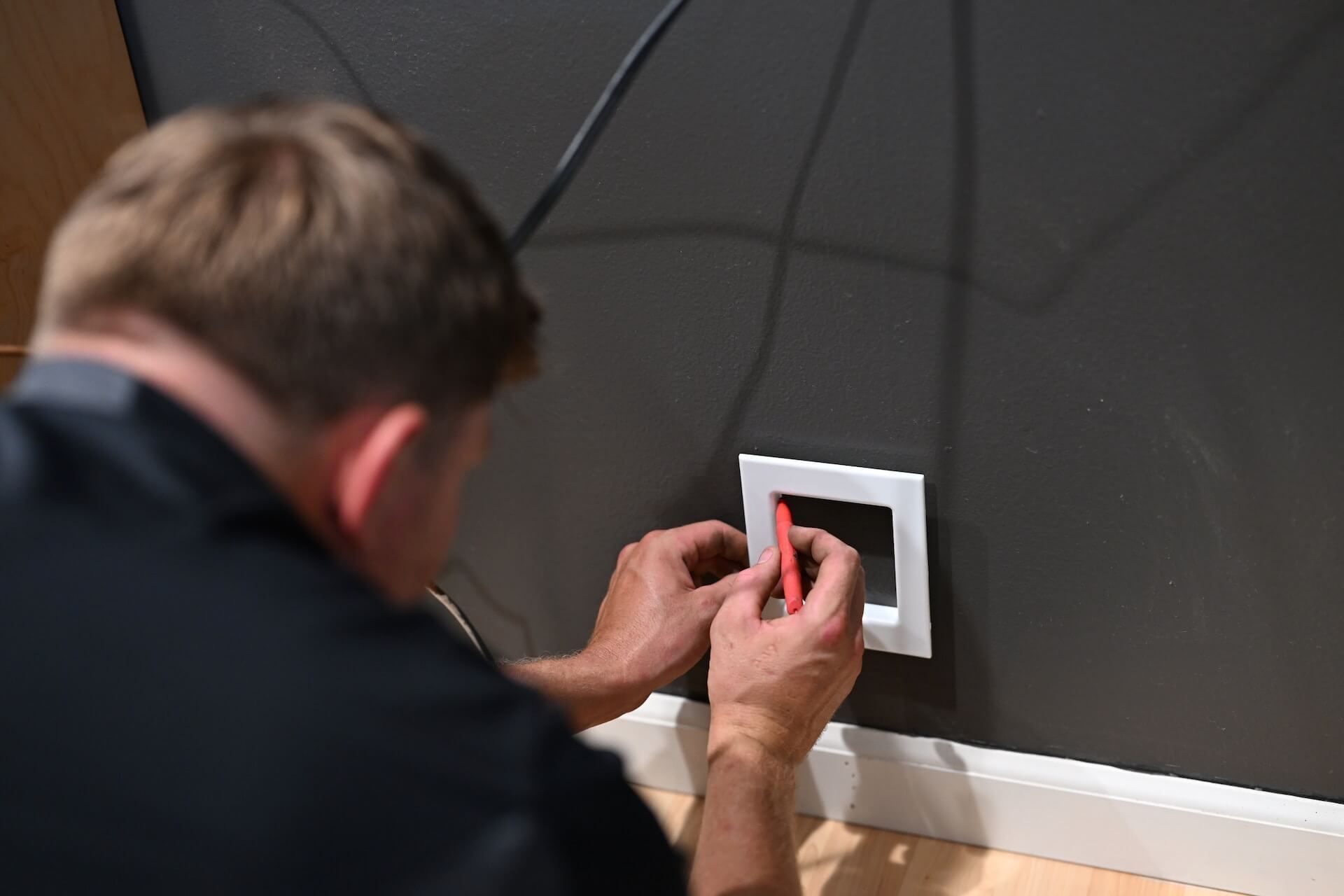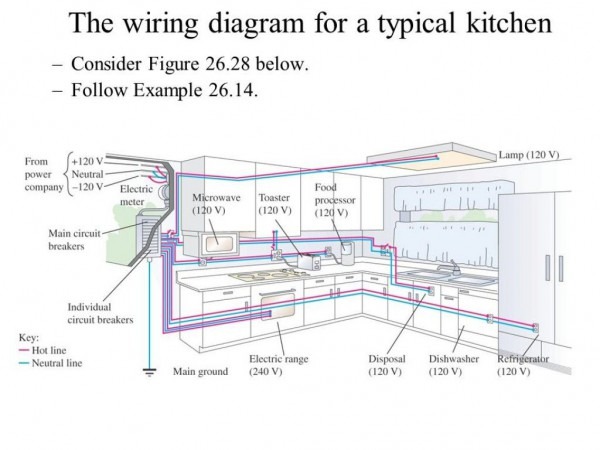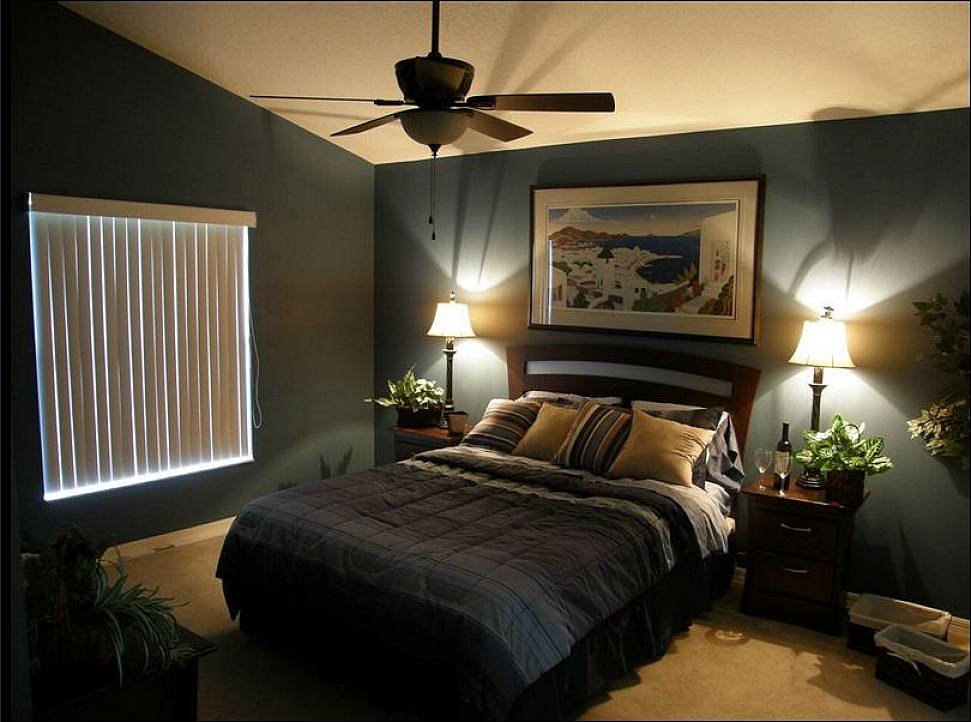Wiring a kitchen light may seem like a daunting task, but with the right tools and knowledge, it can be a simple and satisfying DIY project. In this guide, we will walk you through the steps of wiring a kitchen light and provide tips and tricks to help you along the way. So put on your handyman (or handywoman) hat and let's get started!How to Wire a Kitchen Light
Before beginning any electrical project, it is important to turn off the power to the area you will be working in. This can be done by flipping the appropriate switch in your circuit breaker box. Once the power is off, you can begin the process of wiring your kitchen light. Step 1: Determine the location of your light fixture and mark the spot where you will be installing it. Step 2: Measure and cut the appropriate length of wiring for your light fixture, leaving a few extra inches for safety. Step 3: Strip the ends of the wires to expose the copper. Step 4: Connect the black wire from your light fixture to the black wire from your electrical box using a wire connector. Step 5: Connect the white wire from your light fixture to the white wire from your electrical box in the same manner as the black wires. Step 6: If your light fixture has a ground wire, connect it to the ground wire from your electrical box using a wire connector. Step 7: Carefully tuck the wires into the electrical box and secure your light fixture in place. Step 8: Turn the power back on and test your light to make sure it is working properly.Wiring a Kitchen Light: A Step-by-Step Guide
Wiring a kitchen light can be a DIY project, but it is important to take the proper precautions to ensure your safety. Here are a few tips and tricks to help you along the way: Tip 1: Use a voltage tester to make sure the power is off before beginning any electrical work. Tip 2: If you are unsure about any aspect of wiring, consult a professional electrician. Tip 3: If your light fixture has multiple wires of the same color, use a label maker or colored electrical tape to differentiate them. Tip 4: Make sure all connections are secure and no exposed wires are visible before turning the power back on.DIY Kitchen Light Wiring: Tips and Tricks
When it comes to electrical work, safety should always be the top priority. Avoid these common mistakes when wiring a kitchen light: Mistake 1: Not turning off the power before beginning work. Mistake 2: Not following proper safety precautions, such as wearing protective gear and using a voltage tester. Mistake 3: Overloading your circuit by connecting too many fixtures or appliances to the same circuit breaker. Mistake 4: Using the wrong size wires for your light fixture.Wiring a Kitchen Light: Common Mistakes to Avoid
Before starting any electrical project, it is important to have the right tools and materials on hand. Here are a few things you will need to wire a kitchen light: Tools:Kitchen Light Wiring: Tools and Materials You'll Need
When working with electricity, it is important to take the necessary safety precautions to protect yourself and your home. Here are a few things to keep in mind when wiring a kitchen light: Safety Precaution 1: Always turn off the power before beginning any electrical work. Safety Precaution 2: Wear protective gear, such as safety glasses and gloves, to prevent injury. Safety Precaution 3: Use a voltage tester to ensure the power is off before touching any wires. Safety Precaution 4: If you are unsure about any aspect of the wiring process, consult a professional electrician.Wiring a Kitchen Light: Safety Precautions to Keep in Mind
If you are replacing an old light fixture or installing a new one, the process is fairly similar. Here's how to install a new kitchen light fixture: Step 1: Turn off the power to the area you will be working in. Step 2: Remove the old light fixture, if applicable. Step 3: Follow the steps outlined in the "Wiring a Kitchen Light: A Step-by-Step Guide" section above. Step 4: Once the light fixture is securely installed, turn the power back on and test your light.How to Install a New Kitchen Light Fixture
If your kitchen light is not working properly, here are a few common issues and how to troubleshoot them: Issue 1: Light does not turn on. Solution: Make sure the power is on and all connections are secure. Check the light bulb to make sure it is not burnt out. Issue 2: Light flickers or dims. Solution: This could be a sign of an overloaded circuit. Consult a professional electrician for assistance. Issue 3: Light fixture is hot to the touch. Solution: This could be a sign of a wiring issue. Turn off the power and consult a professional electrician for help.Wiring a Kitchen Light: Troubleshooting Common Issues
When wiring a kitchen light, it is important to follow the electrical codes set in place by your local government. These codes ensure safety and proper installation of electrical components. Make sure to research and understand the codes in your area before beginning any electrical work.Kitchen Light Wiring: Understanding Electrical Codes
Wiring a kitchen light can be a DIY project, but it is important to know your limits and when to call in a professional. If you are uncomfortable working with electricity or unsure about any aspect of the wiring process, it is best to hire a licensed electrician to ensure the job is done safely and correctly. Now that you have a better understanding of how to wire a kitchen light, you can confidently tackle this project and add a new functional and stylish element to your kitchen. Remember to always prioritize safety and consult a professional if needed. Happy wiring!Wiring a Kitchen Light: Hiring a Professional vs. DIY
Wiring a Kitchen Light: A Crucial Aspect of Efficient and Beautiful Kitchen Design

Why Proper Lighting is Essential in Kitchen Design
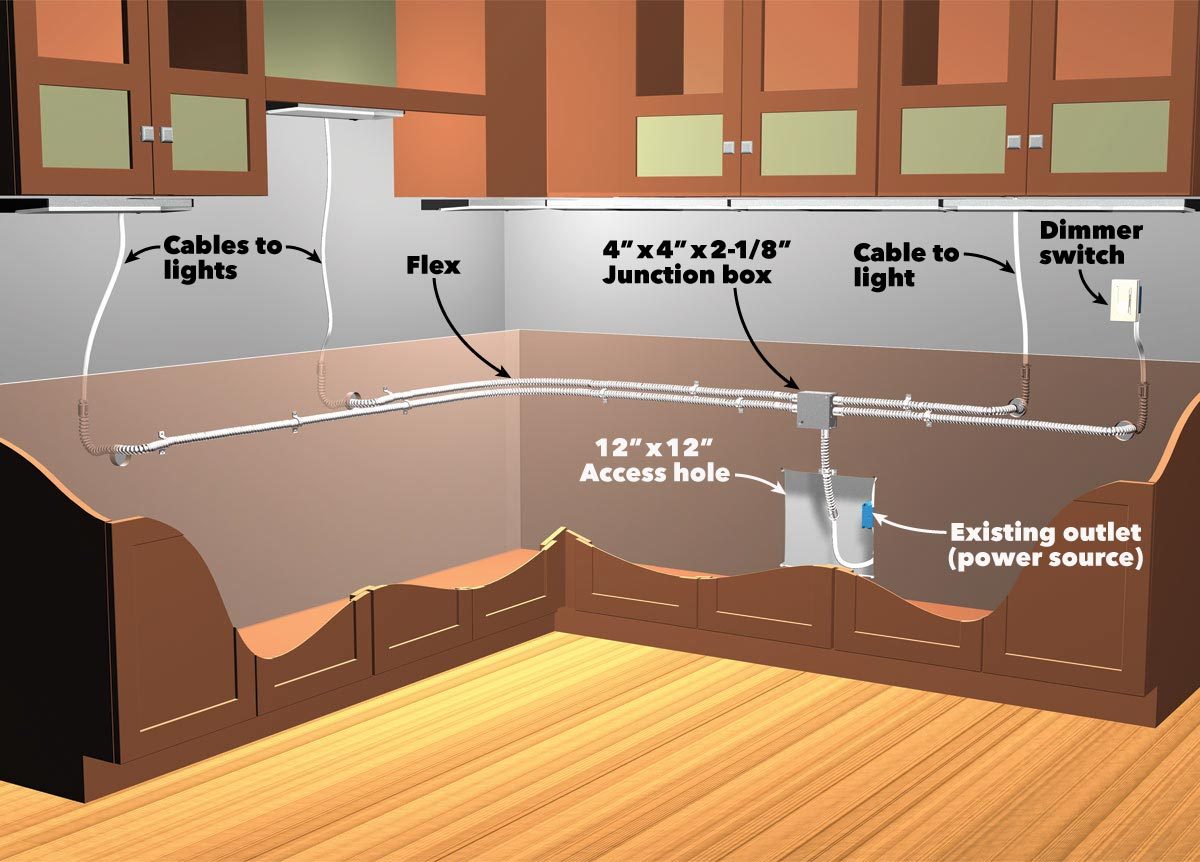 When it comes to designing a kitchen, lighting is often overlooked or considered as an afterthought. However, proper lighting is crucial in creating a functional, visually appealing, and comfortable space for cooking and dining. The right type and placement of lighting can make a significant difference in the overall aesthetics and functionality of a kitchen. It can also affect the mood and ambiance of the room, making it a crucial aspect of kitchen design.
When it comes to designing a kitchen, lighting is often overlooked or considered as an afterthought. However, proper lighting is crucial in creating a functional, visually appealing, and comfortable space for cooking and dining. The right type and placement of lighting can make a significant difference in the overall aesthetics and functionality of a kitchen. It can also affect the mood and ambiance of the room, making it a crucial aspect of kitchen design.
The Benefits of Properly Wired Kitchen Lights
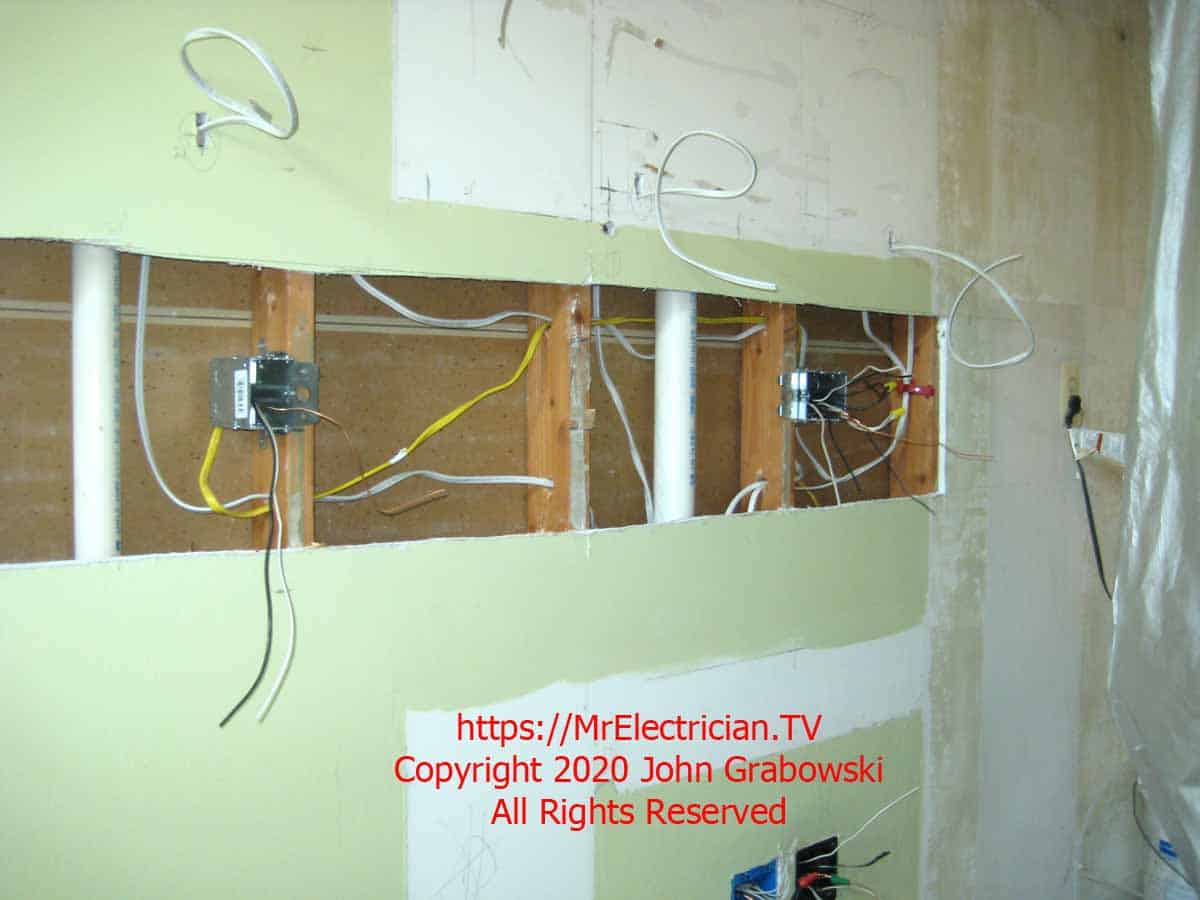 Properly wired kitchen lights offer numerous benefits that go beyond just illuminating the space. The right lighting can enhance the overall design of the kitchen, highlighting its best features and creating a cohesive and welcoming atmosphere. It can also improve the functionality of the kitchen by providing sufficient task lighting for cooking and food preparation. Adequate lighting can also make the space appear more spacious and inviting, making it a more enjoyable place to spend time in.
Properly wired kitchen lights offer numerous benefits that go beyond just illuminating the space. The right lighting can enhance the overall design of the kitchen, highlighting its best features and creating a cohesive and welcoming atmosphere. It can also improve the functionality of the kitchen by providing sufficient task lighting for cooking and food preparation. Adequate lighting can also make the space appear more spacious and inviting, making it a more enjoyable place to spend time in.
Ensuring Safe and Efficient Wiring for Your Kitchen Lights
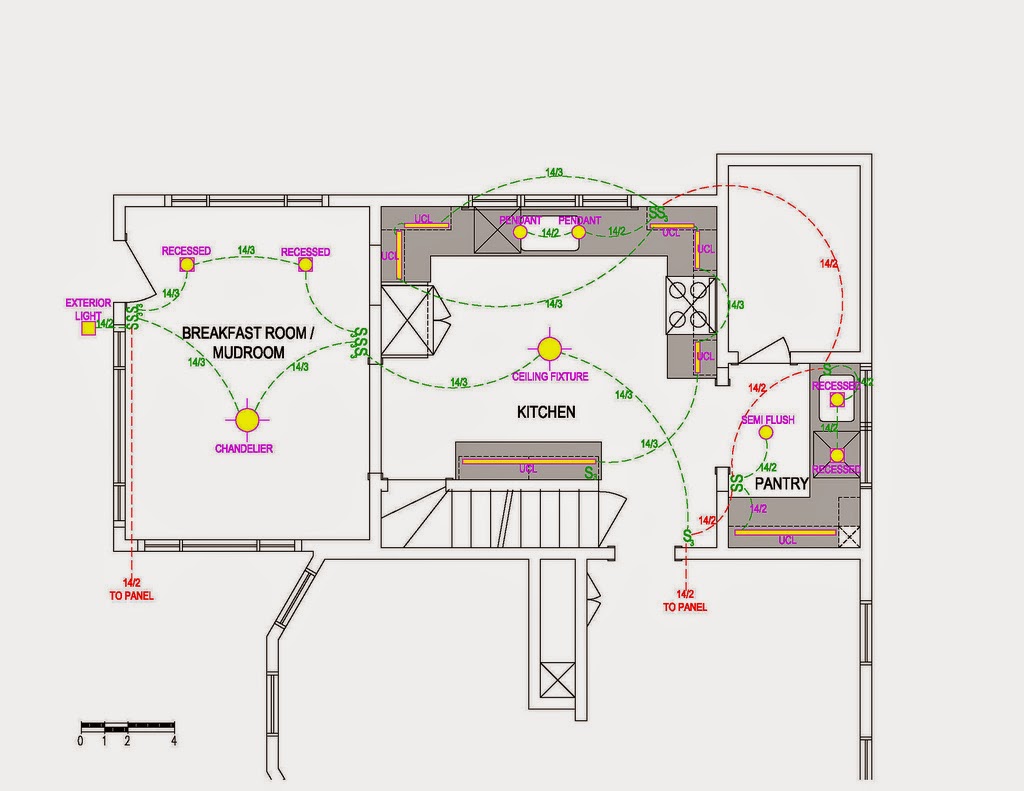 Wiring a kitchen light may seem like a simple task, but it requires careful planning and execution to ensure safety and efficiency. It is crucial to determine the right type and number of lights needed for the size and layout of your kitchen. Hiring a professional electrician is highly recommended to ensure that all wiring is up to code and to avoid any potential hazards. They can also provide valuable advice on the best lighting options for your kitchen design and help with the installation process.
Wiring a kitchen light may seem like a simple task, but it requires careful planning and execution to ensure safety and efficiency. It is crucial to determine the right type and number of lights needed for the size and layout of your kitchen. Hiring a professional electrician is highly recommended to ensure that all wiring is up to code and to avoid any potential hazards. They can also provide valuable advice on the best lighting options for your kitchen design and help with the installation process.
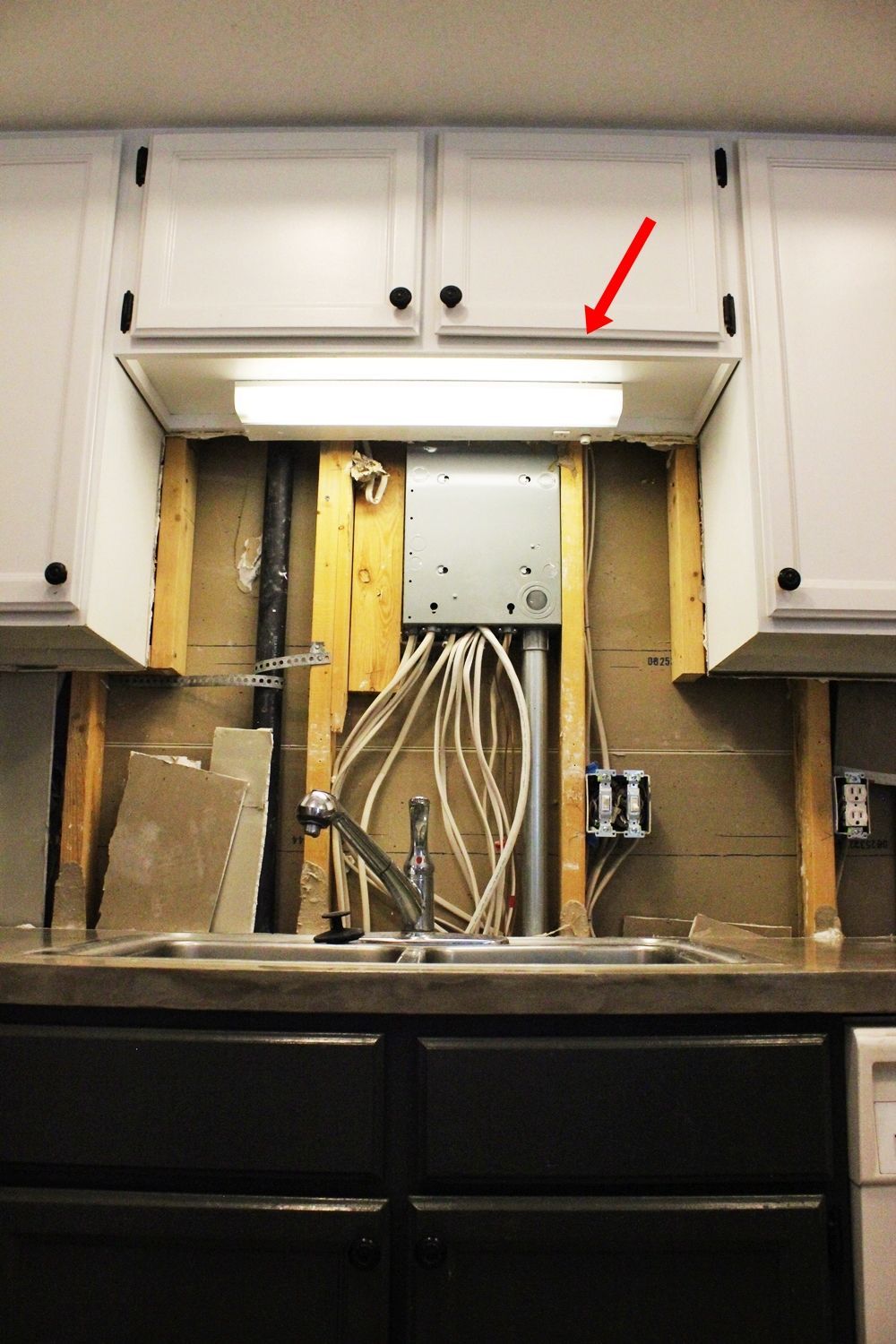







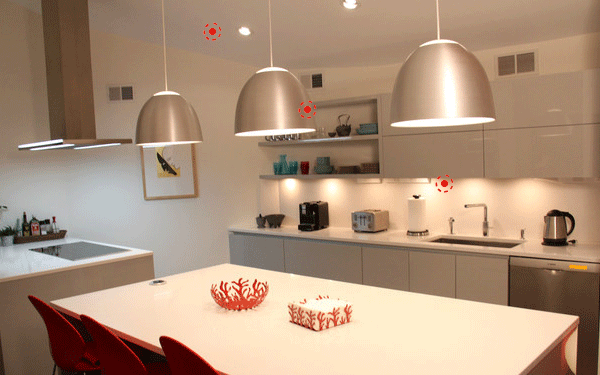





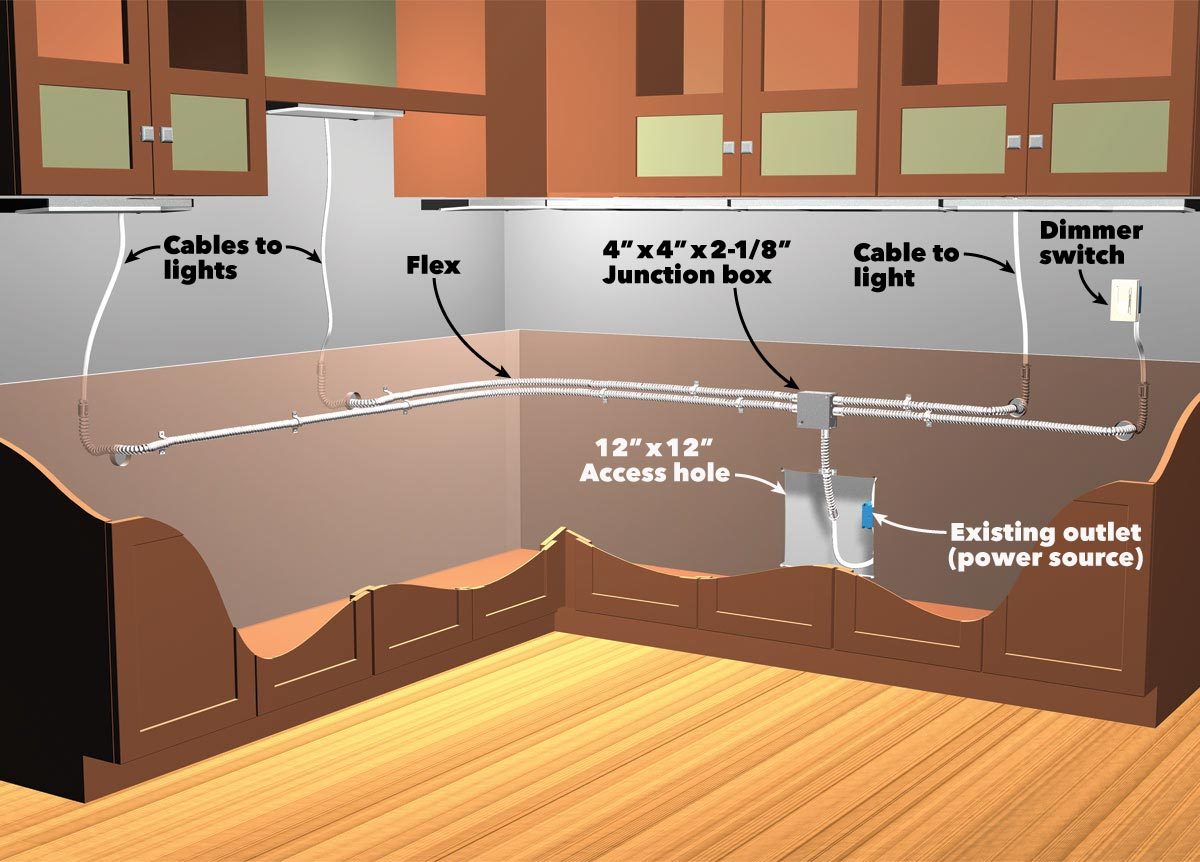
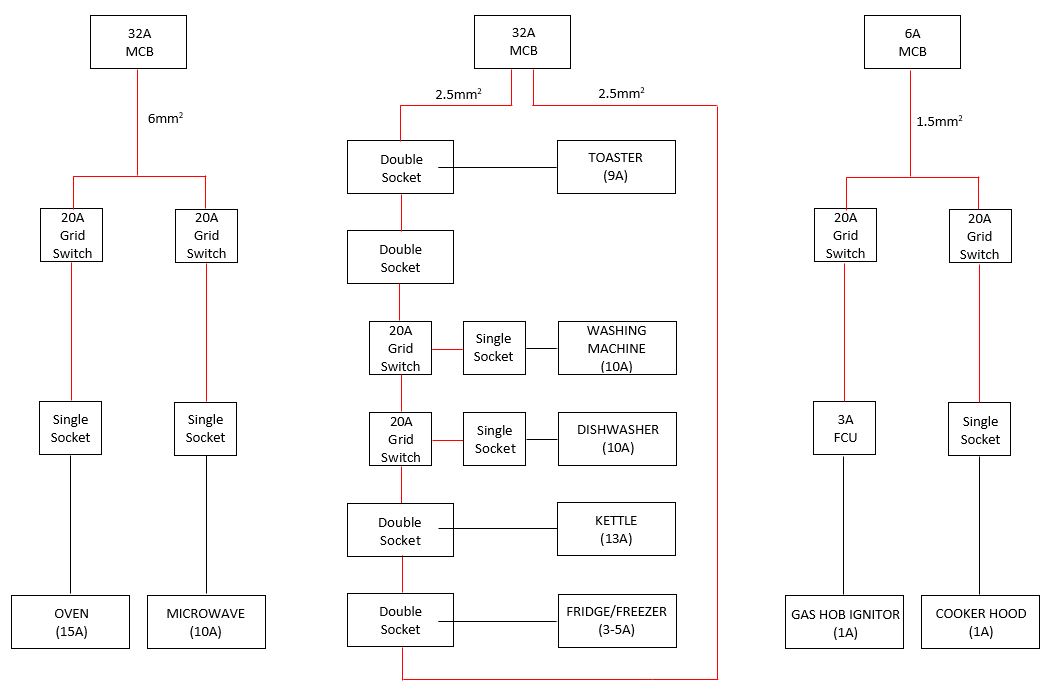




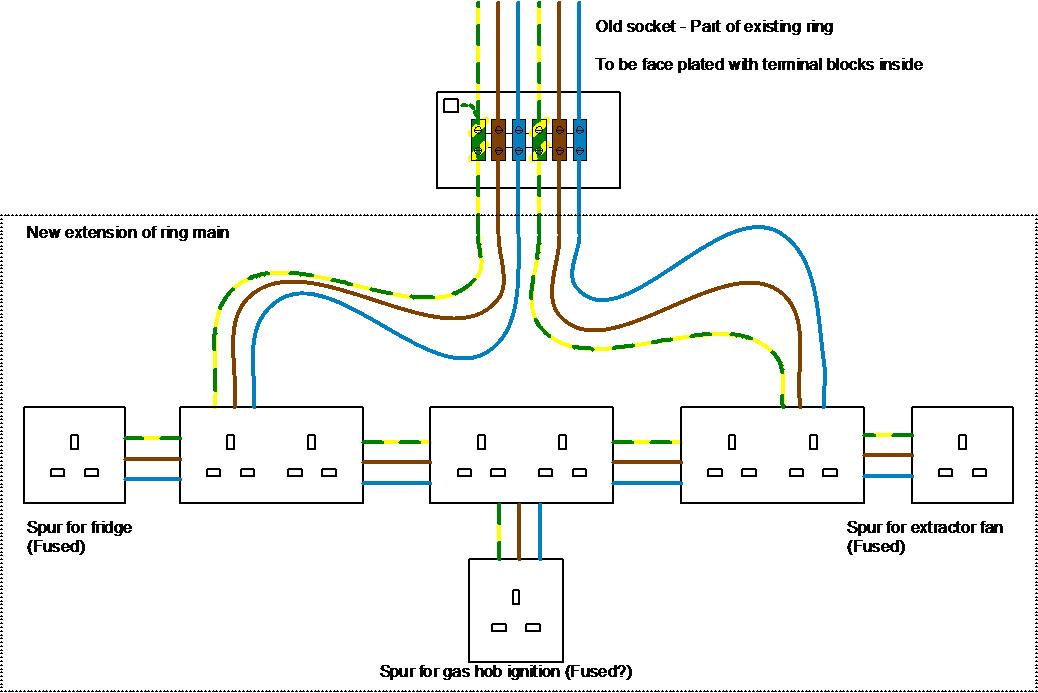







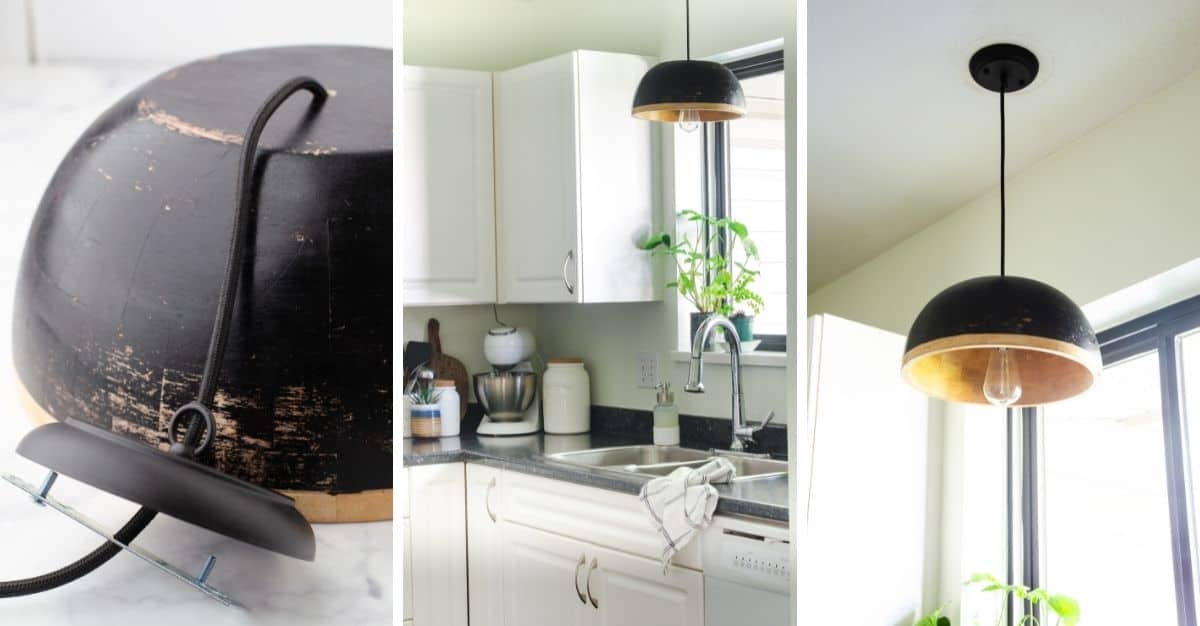




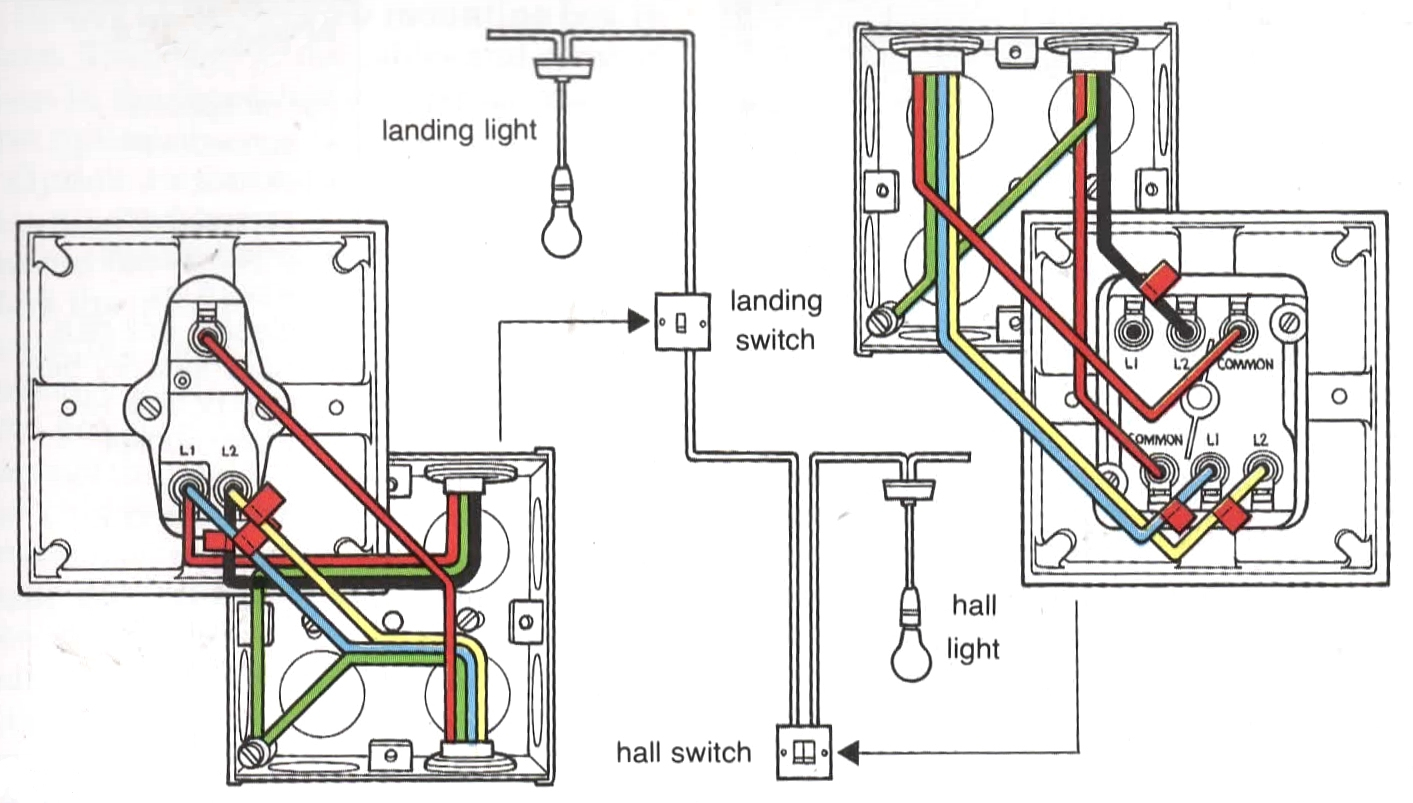





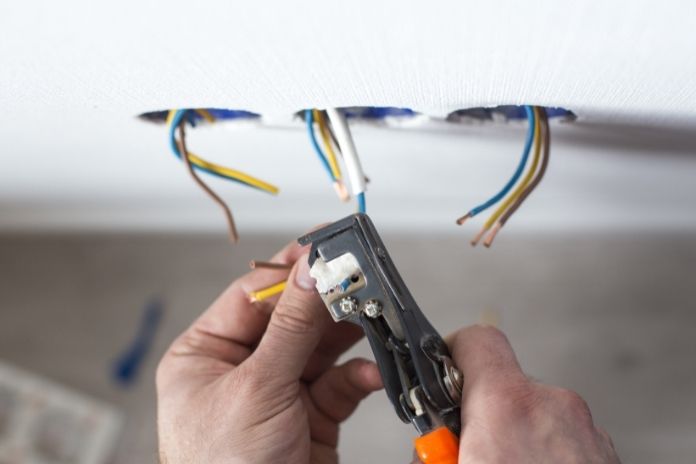






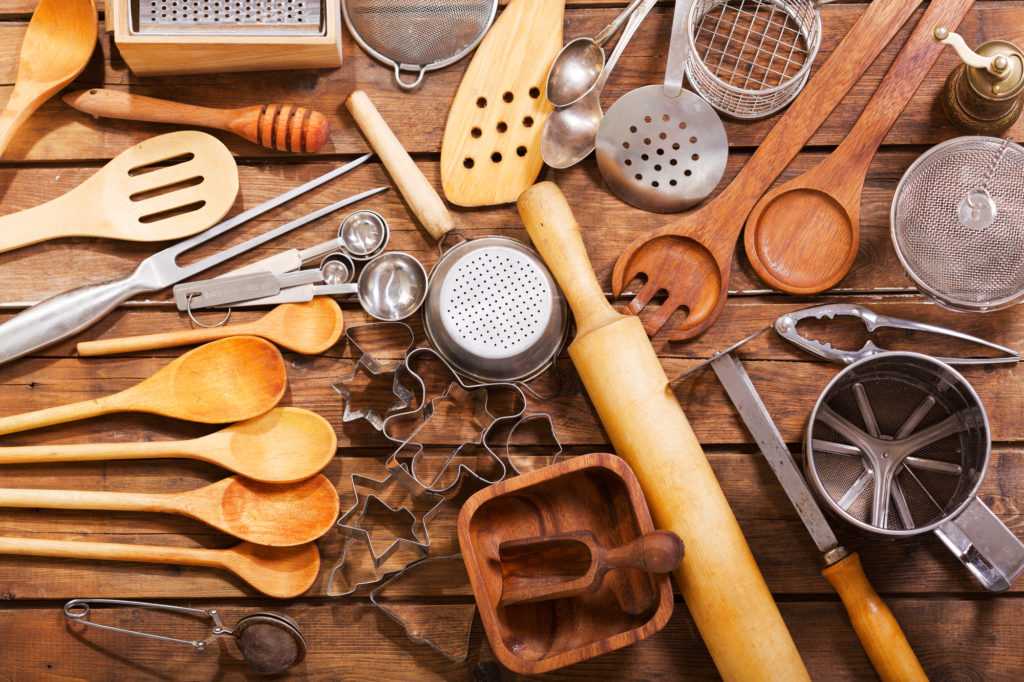

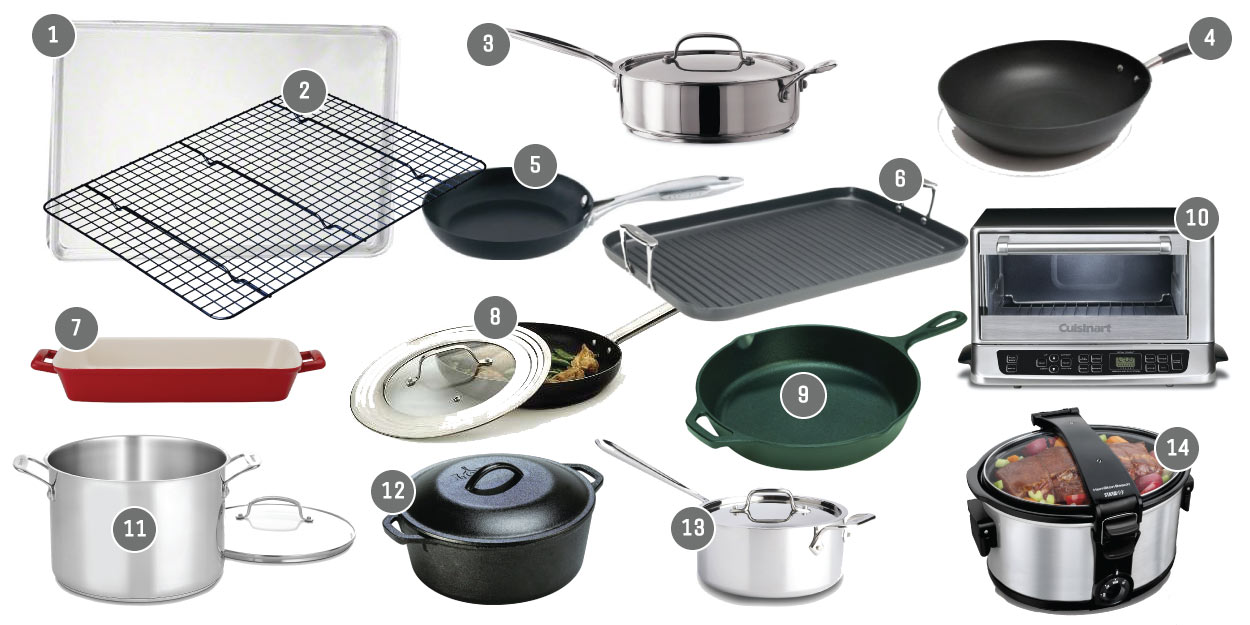

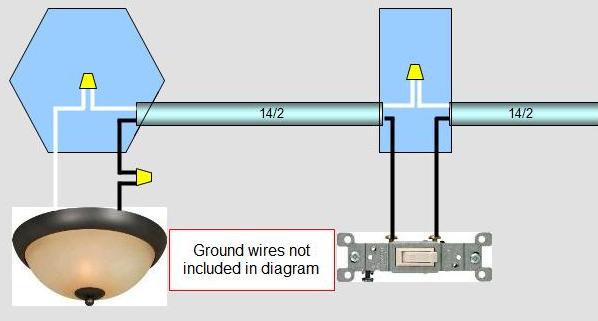
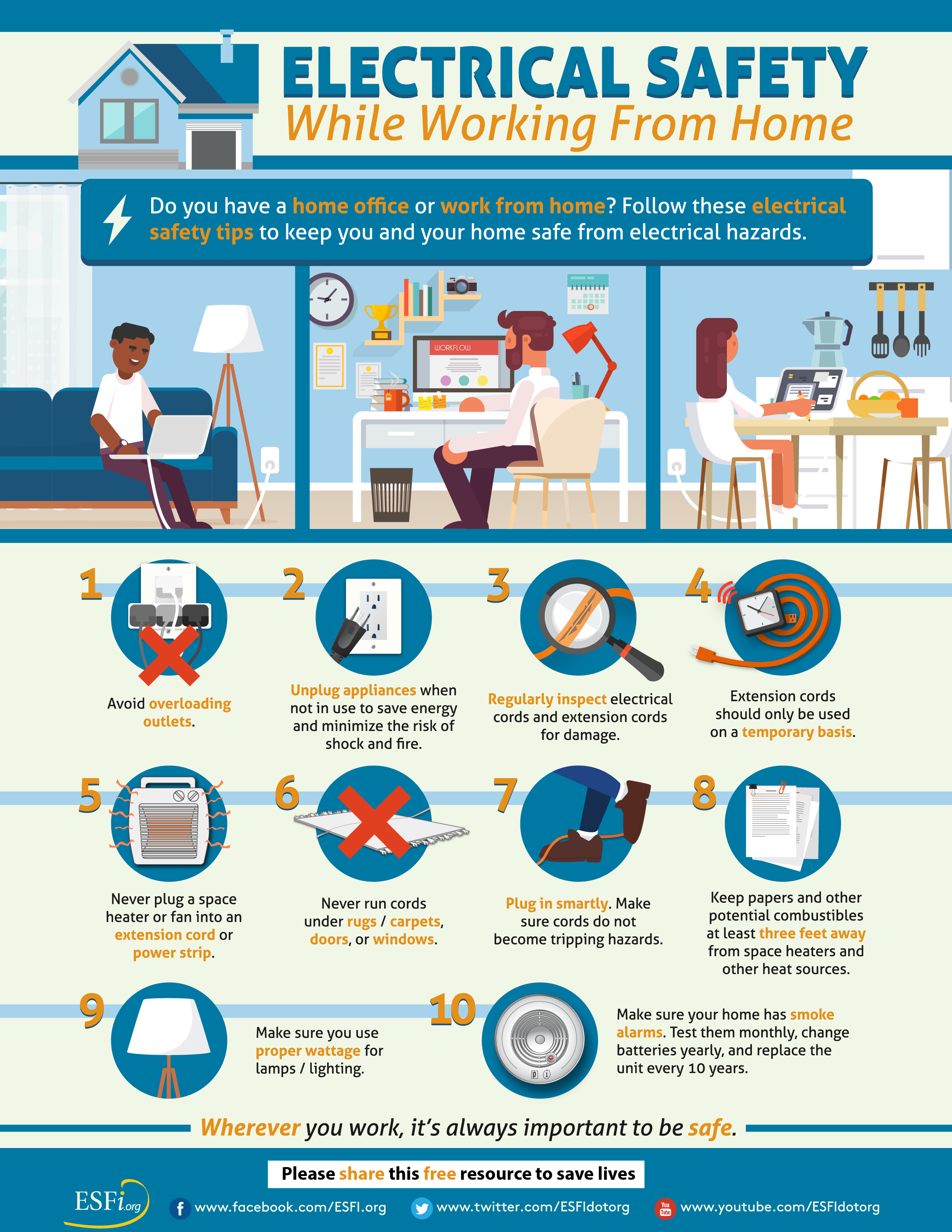



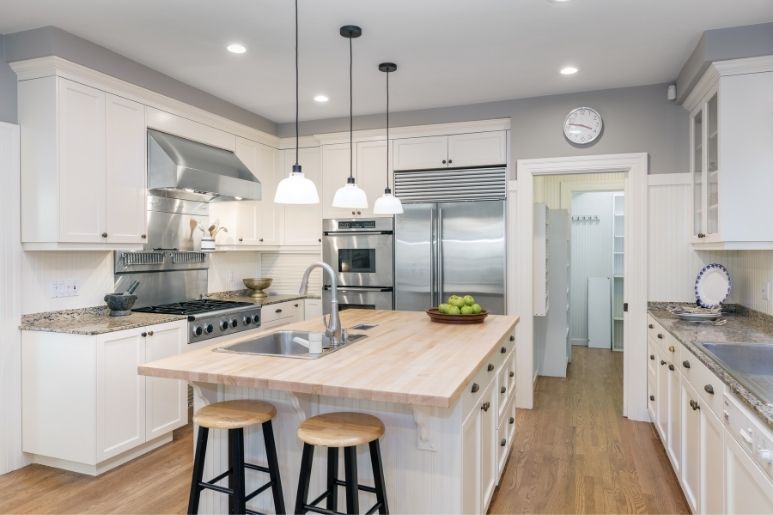
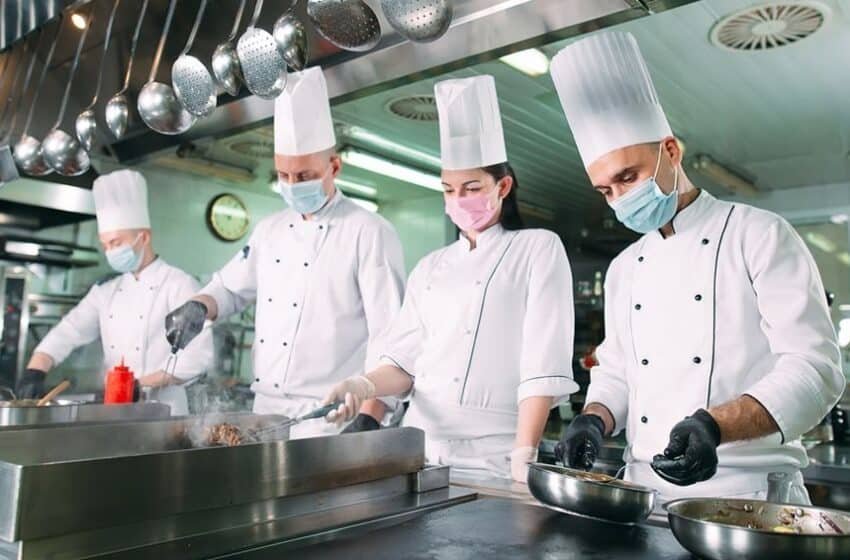
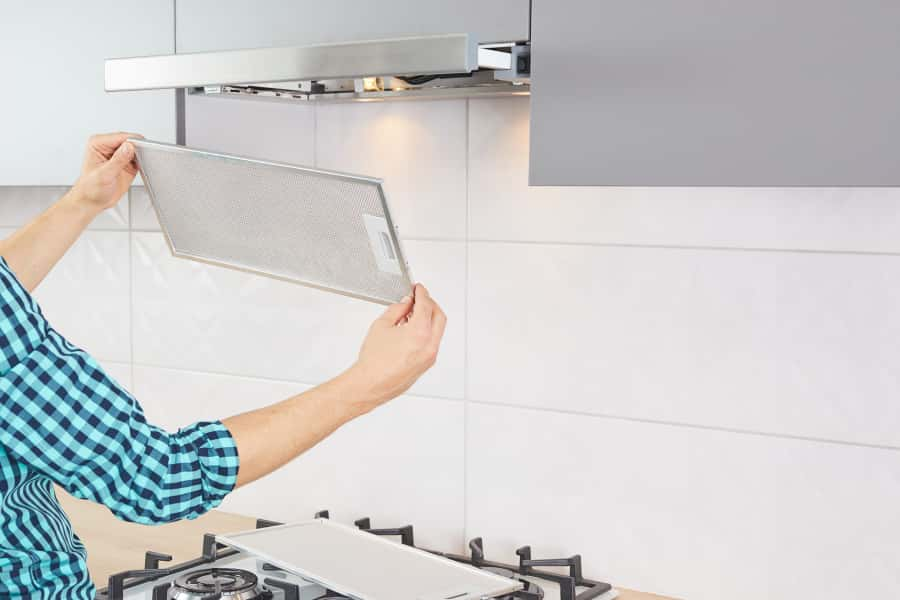
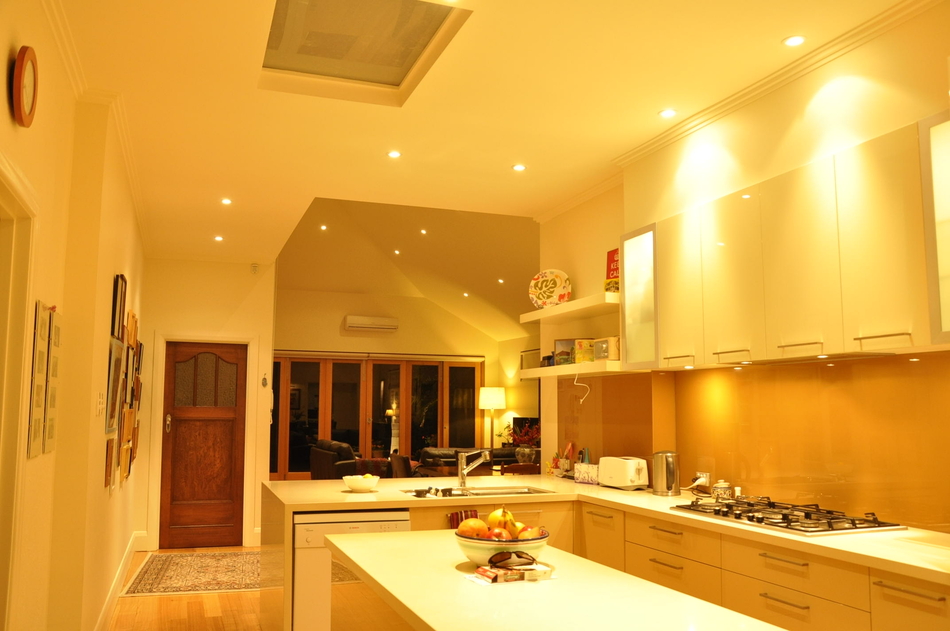
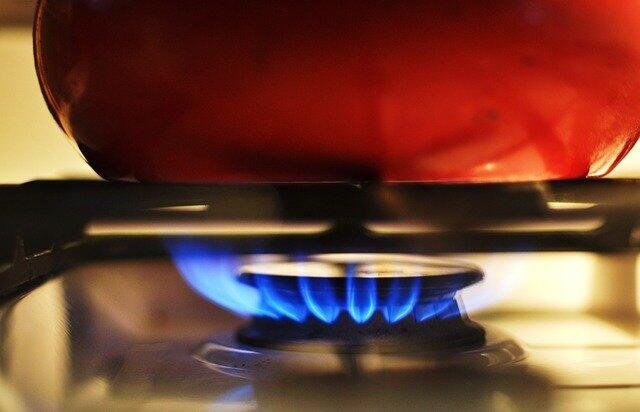


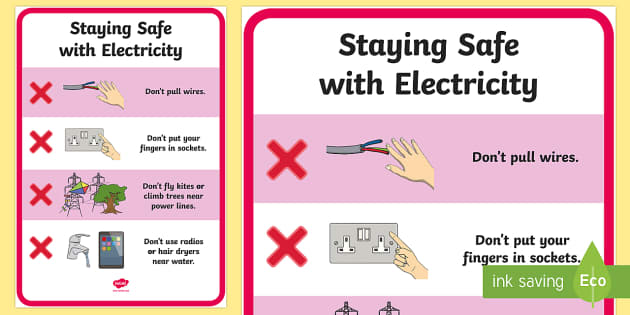


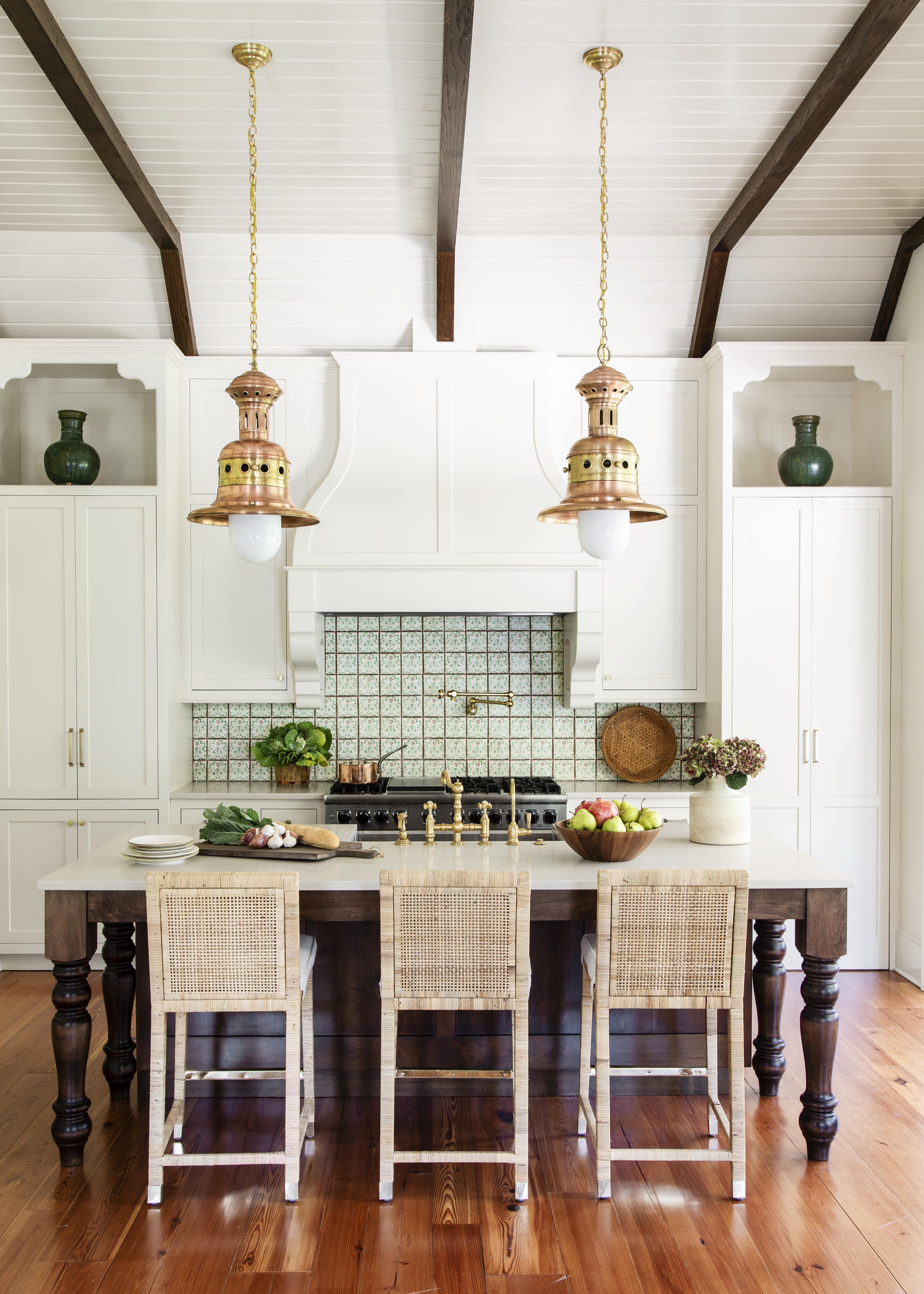


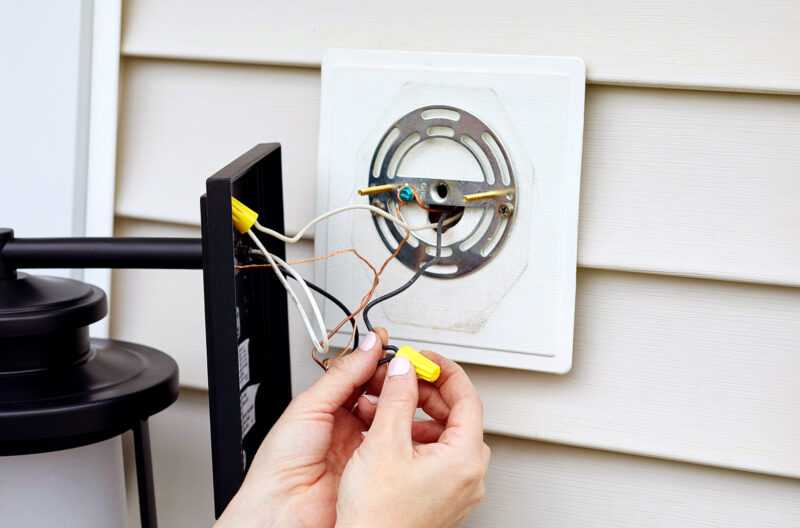
:max_bytes(150000):strip_icc()/how-to-replace-ceiling-light-fixture-1824657-03-d0831082affb46be9ab0fb2652da8092.jpg)


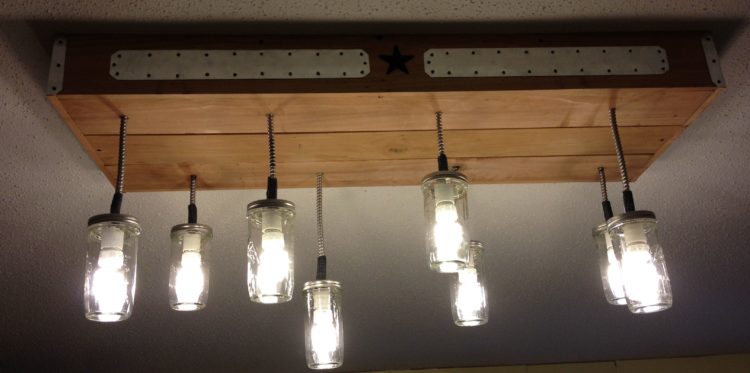
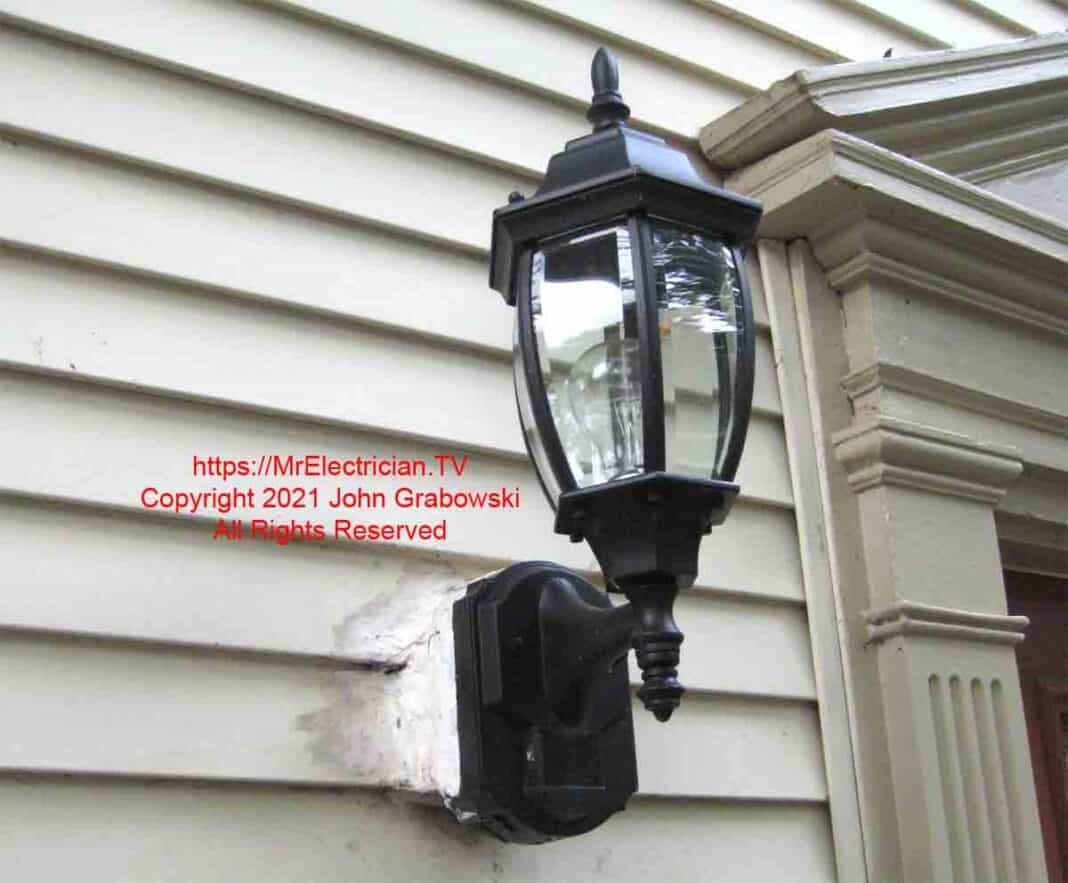

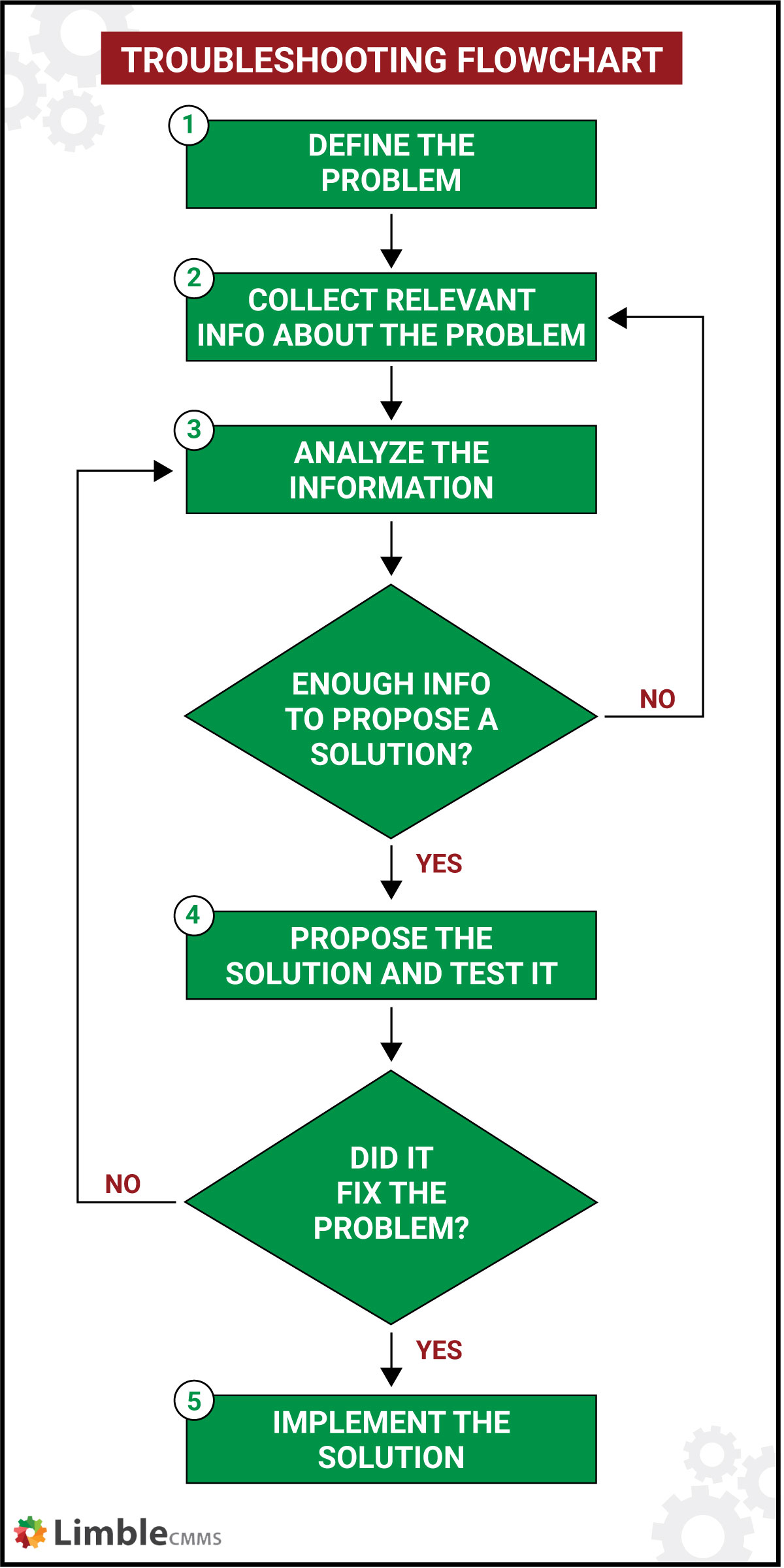


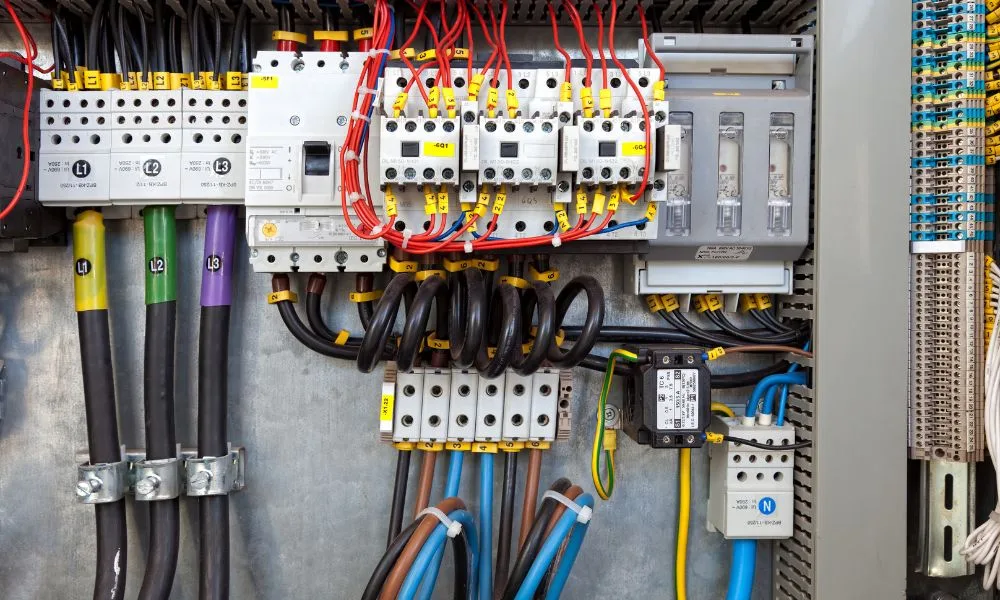
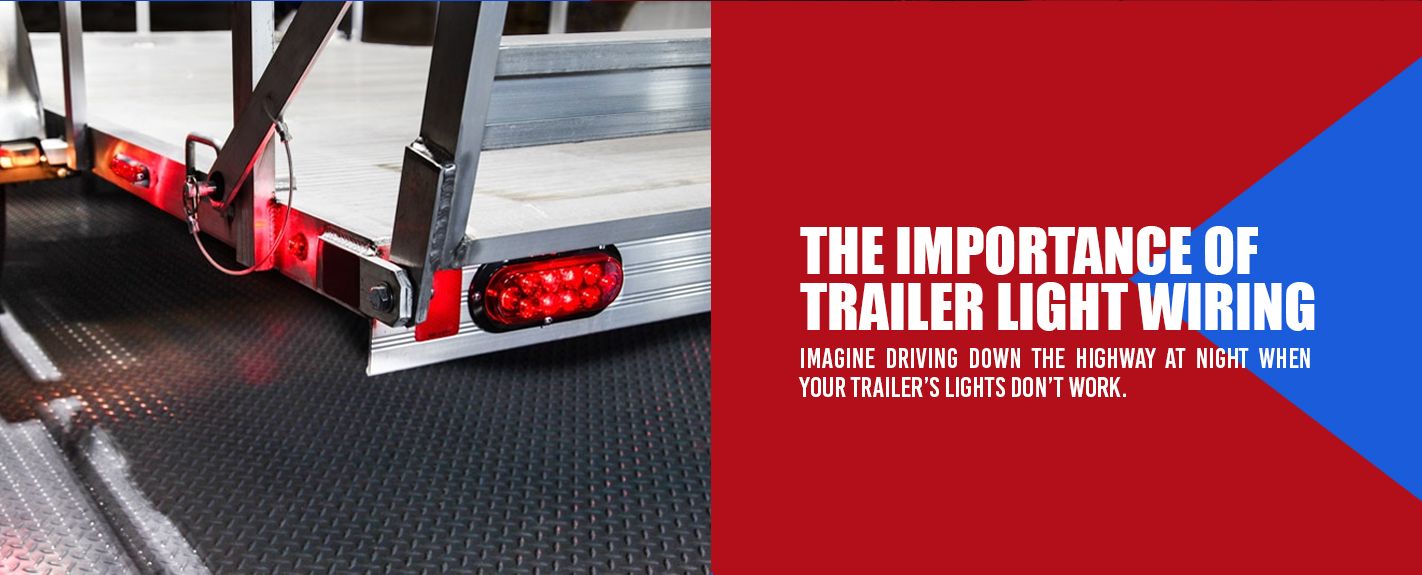

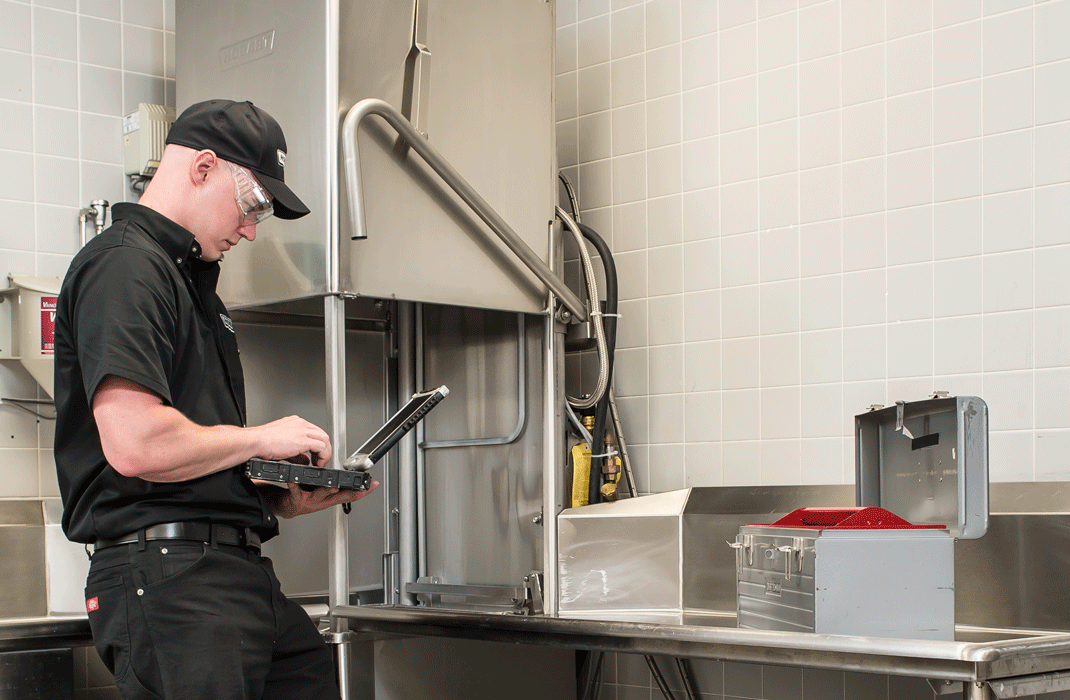


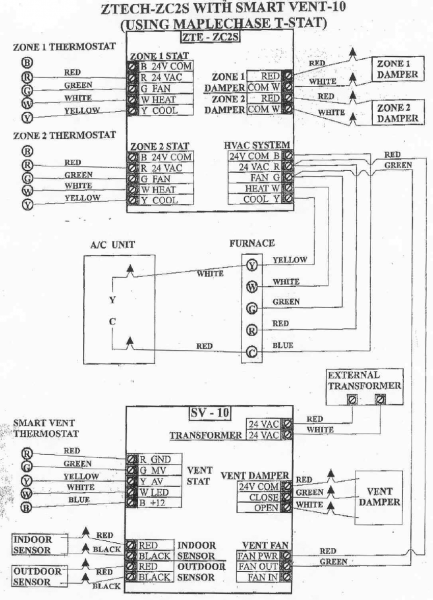
/common-electrical-codes-by-room-1152276-hero-c990ede99b954981988f2d97f2f23470.jpeg)





